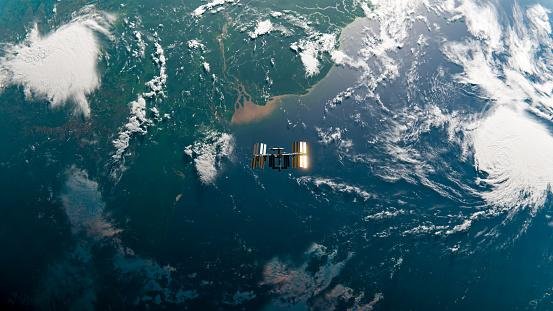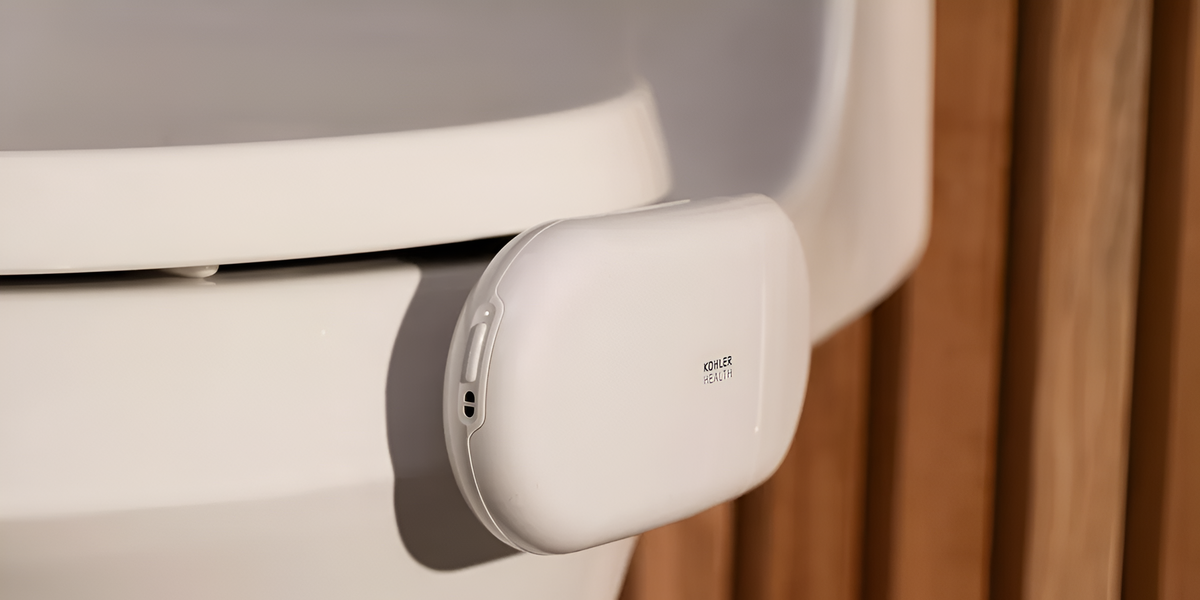In December 2022, the Meteosat Third Generation Imager 1 (MTG-I1) weather satellite was launched into space to provide high-quality aerial images and improve weather forecasting. This Thursday (4), the European weather monitoring agency Eumetsat released the first images taken by the MTG-I1 and they are impressive..
As Eumesat explains, the satellite, its instruments and all ground infrastructure will remain in tests until the end of 2023. After calibration and verification of the equipment, the MTG-I1 will be able to generate meteorological images and send them to the operations center. every 10 minutes.
For meteorologists, the details of cloud structures are of great importance for analyzing weather and predicting weather events – the combination of high image quality and the speed of the satellite will allow scientists to make more accurate and faster predictions.
The picture shows impressive details of weather conditions in Africa, Europe and the Atlantic Ocean regions. For example, it is possible to observe clear skies over Italy, but the north and west of Europe appear to be covered with clouds..
The satellite captures four more light waves than previous models, with a total of 16 wavelengths of light. This means it can produce images in colors closer to the perception of the human eye, offering impressive details such as snow cover in the Swiss Alps and cloud swirls over the Canary Islands.
Images from the MTG-I1 satellite
“This added detail from high-resolution images, combined with the fact that images will be produced more frequently, means meteorologists can detect and predict severe weather events more accurately and quickly,” said Eumetsat managing director. Phil Evans, in an official statement.

When visiting the official Eumesat website, it is possible to view a slider version of the above image that shows the differences between images captured by MTG-I1 and the SEVIRI instrument on the Meteosat-11 satellite — SEVIRI provides images every 15 minutes
Old equipment does not offer the same visual quality, and therefore meteorologists cannot predict such ambitious information. It’s no surprise that the MTG-I1, which can predict severe weather events faster, is considered one of the biggest advances in this industry.
The satellite is the first of six satellites to form the MTG system, which aims to provide data on severe weather events in a very short time. The total cost of the project is estimated at approximately US$4.3 billion (about R$21.3 billion at current prices).
Source: Tec Mundo
I’m Blaine Morgan, an experienced journalist and writer with over 8 years of experience in the tech industry. My expertise lies in writing about technology news and trends, covering everything from cutting-edge gadgets to emerging software developments. I’ve written for several leading publications including Gadget Onus where I am an author.












